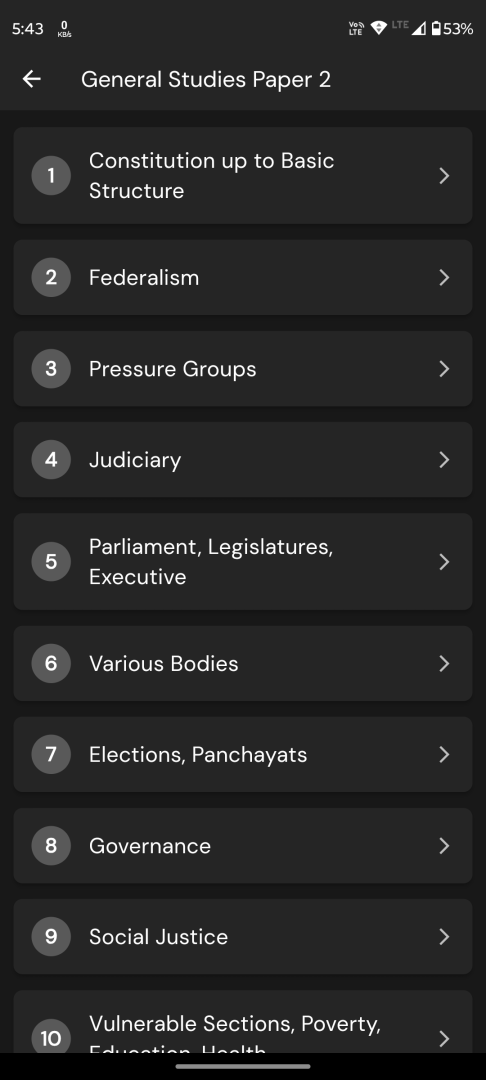Q. What is Carbon Capture, Utilization and Storage (CCUS)? What is the potential role of CCUS in tackling climate change?
UPSC Mains 2025 GS3 Paper
Model Answer:
Carbon Capture, Utilization and Storage (CCUS)
CCUS encompasses integrated technologies that capture CO2 emissions from industrial sources and power generation, followed by utilization in various applications or permanent underground storage to prevent atmospheric release.
Key Components of CCUS:
Carbon Capture involves separating CO2 through three methods:
• Pre-combustion, post-combustion, and oxy-combustion technologies
• Direct Air Capture (DAC) removes atmospheric CO2
• Captures up to 90% emissions from point sources
Transportation occurs via pipelines, ships, rail after compression into liquid/supercritical fluid.
Utilization and Storage pathways include:
• Utilization: Enhanced Oil Recovery (EOR), concrete manufacturing, synthetic fuel production, chemicals production
• Storage: Deep saline aquifers, depleted oil/gas reservoirs, unmineable coal seams
Role in Climate Change Mitigation:
CCUS is critical for achieving IPCC’s 1.5°C target through:
• Decarbonizing hard-to-abate sectors: cement, steel, chemicals industries
• Enabling blue hydrogen production from natural gas
• Creating negative emissions through BECCS (bioenergy with CCS)
• Supporting energy transition while maintaining energy security
India’s net-zero 2070 target requires strategic CCUS deployment. ONGC’s Gujarat CO2 injection project demonstrates early adoption. Significant geological storage potential exists in sedimentary basins.
Challenges: High capital costs, energy-intensive processes, infrastructure requirements, regulatory frameworks needed.
Conclusion:
CCUS remains indispensable for deep decarbonization, balancing India’s developmental aspirations with climate commitments effectively.




